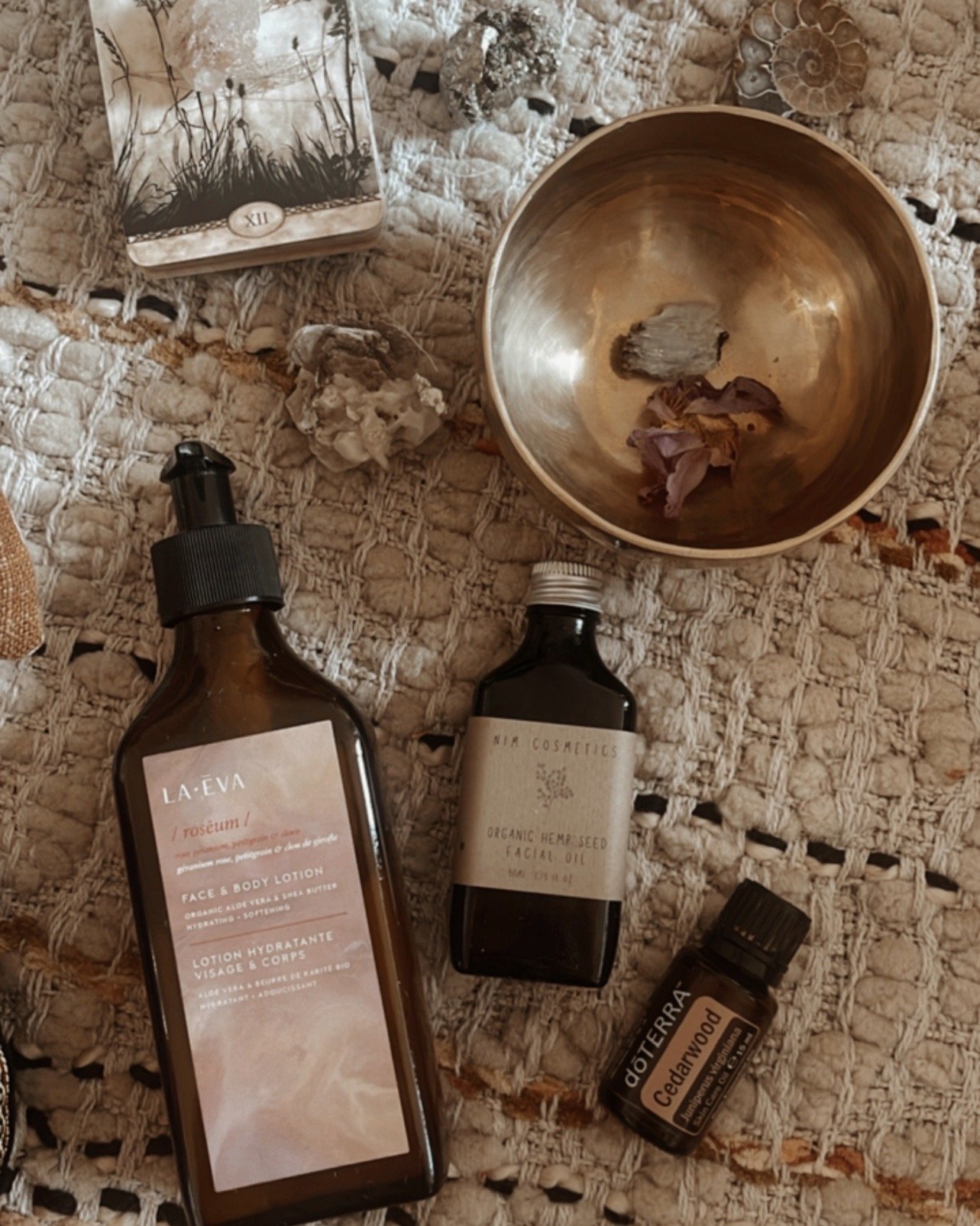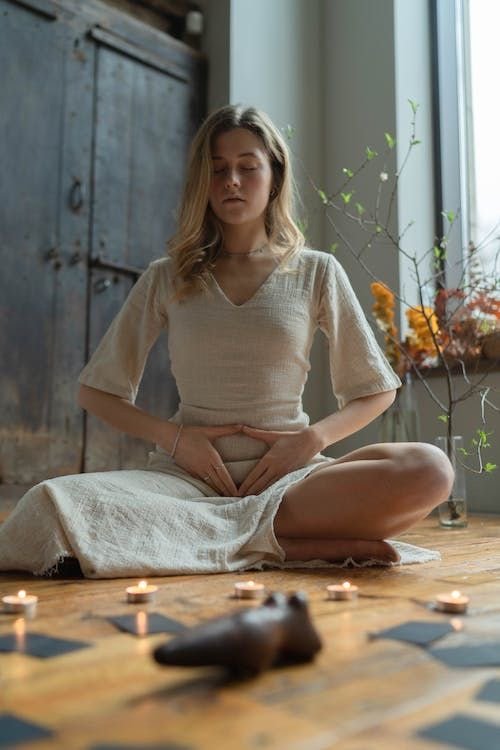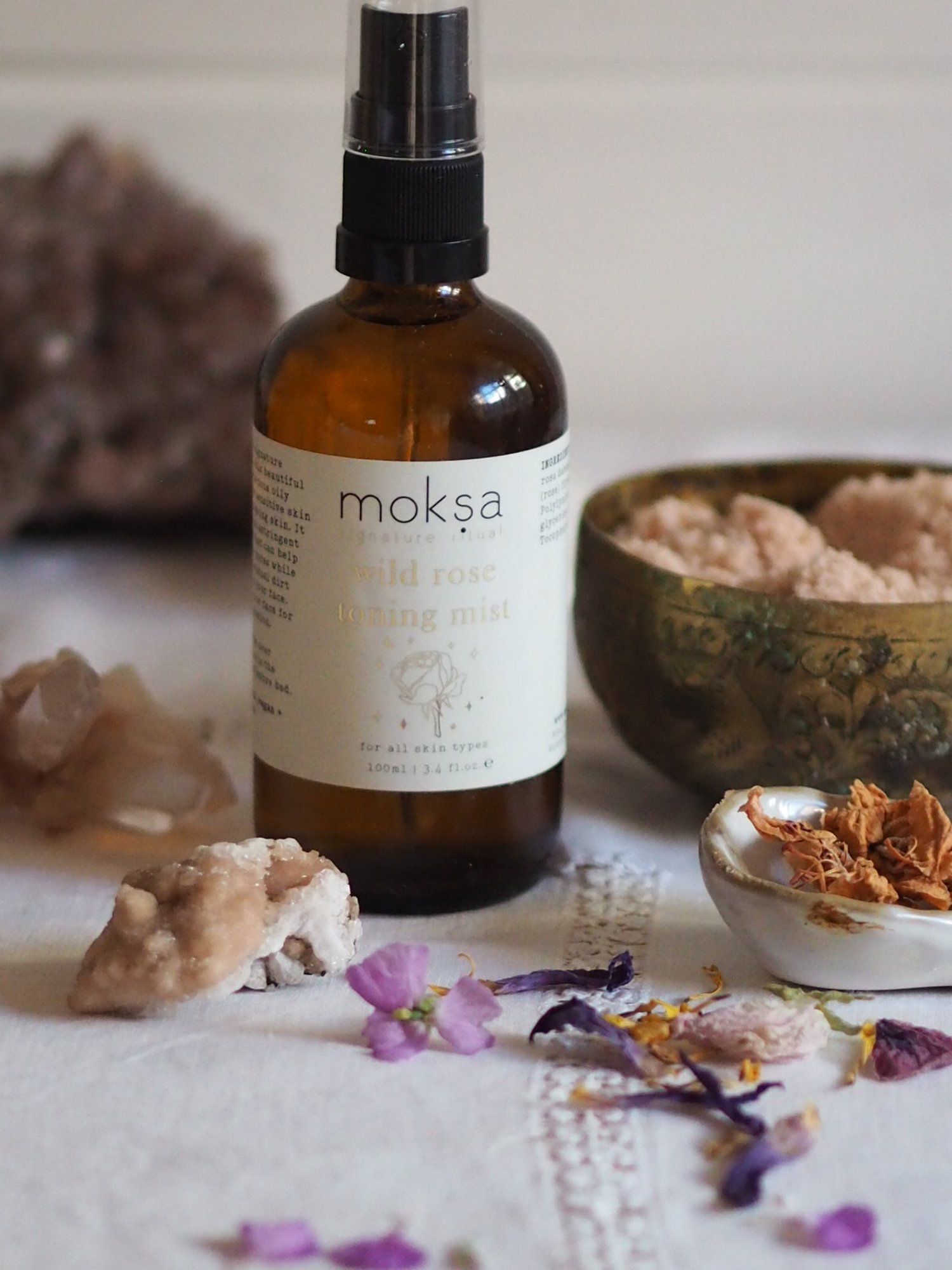Carnelian Crystal: Grounding Your Root Chakra for Strength and Stability
Carnelian is a popular gemstone often associated with the root chakra, which is the first of the seven main chakras in the human energy system. The root chakra, also known as Muladhara, is located at the base of the spine and is associated with our sense of stability, security, and connection to the physical world. When the root chakra is imbalanced, you may experience feelings of insecurity, fear, and instability. Carnelian is believed to help balance the root chakra in the following ways:
Grounding Energy: Carnelian is thought to have grounding properties, which can help anchor and stabilize your energy in the physical world. This can be particularly beneficial when you're feeling scattered, anxious, or disconnected from your surroundings.
Boosting Confidence: An imbalanced root chakra can lead to feelings of low self-esteem and insecurity. Carnelian is believed to enhance self-confidence and courage, helping you feel more empowered and capable in your daily life.
Increasing Vitality: Carnelian is often associated with increased physical energy and vitality. It is believed to stimulate the root chakra and help overcome feelings of lethargy and listlessness, which can be signs of a blocked or imbalanced root chakra.
Enhancing Creativity: A balanced root chakra supports creativity and passion, and carnelian is thought to stimulate creativity and encourage a sense of purpose and motivation.
Balancing Emotions: Carnelian is said to promote emotional balance and help you deal with anger, fear, and negative emotions. By doing so, it can contribute to a healthier root chakra, which is linked to our emotional stability.
To use carnelian for root chakra healing, you can wear it as jewelry (such as a necklace or bracelet) or carry a piece of carnelian in your pocket. You can also place carnelian near your root chakra during meditation or energy healing practices. Visualize the vibrant, red energy of the carnelian flowing into and balancing your root chakra as you meditate.
Carnelian has been used by various cultures and civilisations throughout ancient history for both practical and spiritual purposes. Here are some notable examples:
Ancient Egyptians: Carnelian was highly prized by the ancient Egyptians. It was associated with the goddess Isis and was used in both jewelry and amulets. It was believed to protect against negative energy and was often placed in the tombs of pharaohs to ensure a safe journey to the afterlife.
Ancient Sumerians and Babylonians: In Mesopotamia, carnelian was used in jewelry, seals, and amulets. These cultures believed in the protective and healing properties of carnelian.
Ancient Romans: The Romans also used carnelian in jewelry and amulets. It was thought to bring good luck and protect against negative influences. Romans believed that carnelian could help with courage and eloquence.
Ancient Greeks: The ancient Greeks used carnelian in signet rings and cameos. It was associated with the god Mars and believed to provide strength and protection.
Ancient Indians (Vedic Period): In ancient India, carnelian was known as "suryakanta," which means "beloved of the sun." It was associated with the sun god and was believed to bring vitality and energy.
Ancient Chinese: Carnelian was used in ancient China for various ornamental purposes, including jewelry and figurines. It was considered a symbol of protection and vitality.
Native American Cultures: Various Native American tribes used carnelian in jewelry and as a symbol of strength, courage, and protection. It was also used in rituals and ceremonies.
These examples demonstrate that carnelian had a significant presence in the ancient world, and its use often revolved around its perceived protective, energizing, and healing properties. It was utilized for both its aesthetic appeal and its metaphysical significance in different cultural and spiritual contexts.
Some of the images used in this content have been sourced from Pinterest for illustrative purposes. Due to the nature of Pinterest and the widespread sharing of images, it may not always be possible to provide proper attribution or credit to the original creators of these images. All images have been selected from our saved boards and can be viewed at your leisure.










